A Comprehensive Guide to Heat Pump Installation
Table of Contents
Heat pump installation has emerged as a popular choice for heating and cooling homes over recent years as the world continues to focus on sustainable and energy costs efficient solutions. Their ability to extract heat from the air or ground source heat pumps and transfer it indoors makes them an environmentally friendly option. If you’re considering installing a heat pump in your home, this guide will walk you through the process.
Assessment and Planning
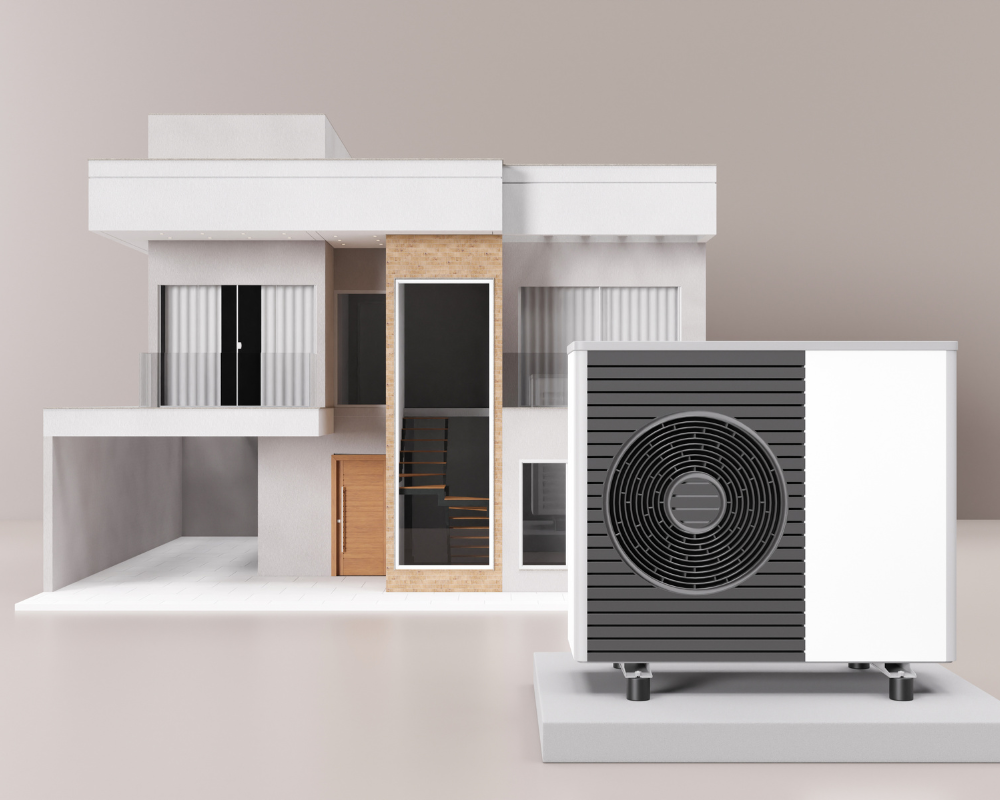
Assessment and planning are crucial elements in the process of heat pump installation. Before beginning any installation, it is essential to conduct a thorough assessment of the property to determine the most suitable location for the heat pump. This involves evaluating factors such as existing infrastructure, available space, and environmental considerations. By conducting a comprehensive assessment, potential challenges can be identified and addressed early on, ensuring a smoother installation process.
Once the assessment phase is complete, strategic planning becomes vital to ensure that the installation process is efficient and effective and customer satisfaction. Planning involves creating a detailed timeline for different stages of the installation, coordinating with relevant stakeholders and the team of experts such as contractors and suppliers, and considering any potential disruptions or obstacles that may arise during the process. Careful planning allows for budgeting and resource allocation to be managed effectively for the home’s unique needs, ultimately leading to a successful heat pump installation.
Selecting the Right Heat Pump

When it comes to selecting the right heat pump for your home, it’s important to consider both the size of your home and its energy efficiency ratings and needs. A heat pump that is too small will struggle to effectively heat or cool a larger space, while an oversized unit may result in unnecessary energy consumption and higher costs. Considering the climate of your region is crucial and a good idea in determining the most suitable type of heat pump. In colder climates, you may benefit from a dual-fuel system that combines a heat exchanger pump with a furnace for optimal heat energy performance, whereas in milder climates, an air-source heat pump might be the right size and suffice.
Another important factor to consider when selecting a heat pump is the installation process and associated heat pump cost. It’s vital to work with an experienced professional installer who can assess your home’s specific requirements and ensure proper installation. Additionally, taking advantage of any available rebates or incentives for energy-efficient appliances can help offset some of the initial investment involved in installing a new heat pump system. By carefully evaluating your home’s needs and size, climate considerations, and installation options with the guidance of experts, you can select the right heat pump that not only meets your heating and cooling needs but also contributes to long-term energy savings and environmental sustainability.
Site Preparation

Once the appropriate heat pump is selected, attention to detail is key when preparing a site for an outside unit installation. The first step is to ensure that the site is clear of any obstructions or debris that could hinder the installation process. This includes clearing away any vegetation, rocks, or other obstacles that could interfere with the placement of the heat pump unit.
It is important to level the ground where the heat pump will be installed to ensure the proper function and longevity of the unit and efficient operation. This may require grading or even excavation work to create a stable foundation for the heat pump. By taking these preparatory steps seriously, you can avoid complications down the road and set your heat pump up for success in providing efficient heating and cooling for your space.
Understanding local zoning regulations and building codes is crucial when preparing a site for heat pump installation. Compliance with these regulations not only ensures a smooth installation process but also guarantees that your system operates within legal parameters. Taking these proactive measures during site preparation sets the stage for a successful and trouble-free installation, ultimately benefiting both homeowners and installers alike. Geothermal heat pumps may require excavation for ground loop installation. For ductless systems, indoor and outdoor unit placement is critical for optimal performance.
Installation of Indoor Components
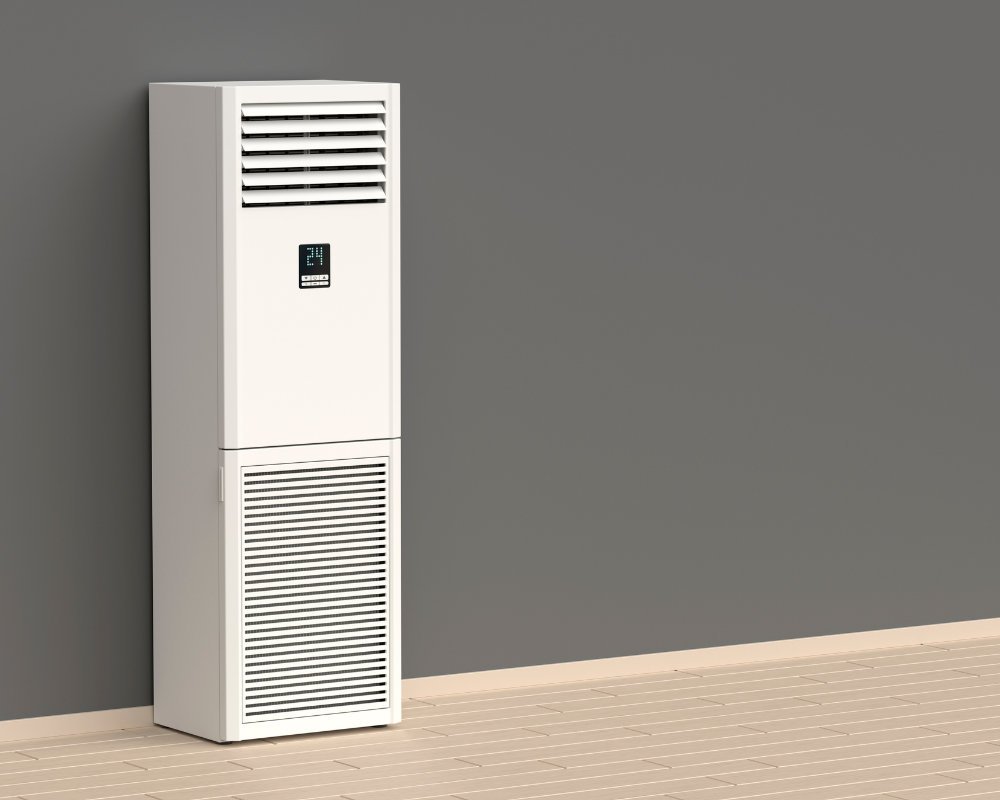
When it comes to heat pump installation, ensuring proper placement and optimal functionality is key. Factors like insulation, clear airflow, and suitable electrical connections all contribute to the overall effectiveness of the indoor components. For ducted systems, the indoor components, including the air handler and ductwork, are installed first. Careful attention is given to sealing duct joints to prevent air leaks, ensuring maximum efficiency. If you’re installing ductless heat pumps, the indoor unit is mounted on the wall or ceiling. It’s essential to carefully examine the available space and consider potential obstacles that could hinder efficient performance.
Integrating indoor components seamlessly into existing HVAC systems requires a thorough understanding of the specific requirements for each unit. This includes assessing ductwork compatibility, refrigerant lines, and electrical provisions, facilitating a smooth integration process. Strategic positioning of indoor components can maximize energy efficiency and minimize maintenance needs in the long run. With careful planning and precision execution, installation can transform indoor comfort while optimizing energy usage for a sustainable environment.
Installation of Outdoor Components
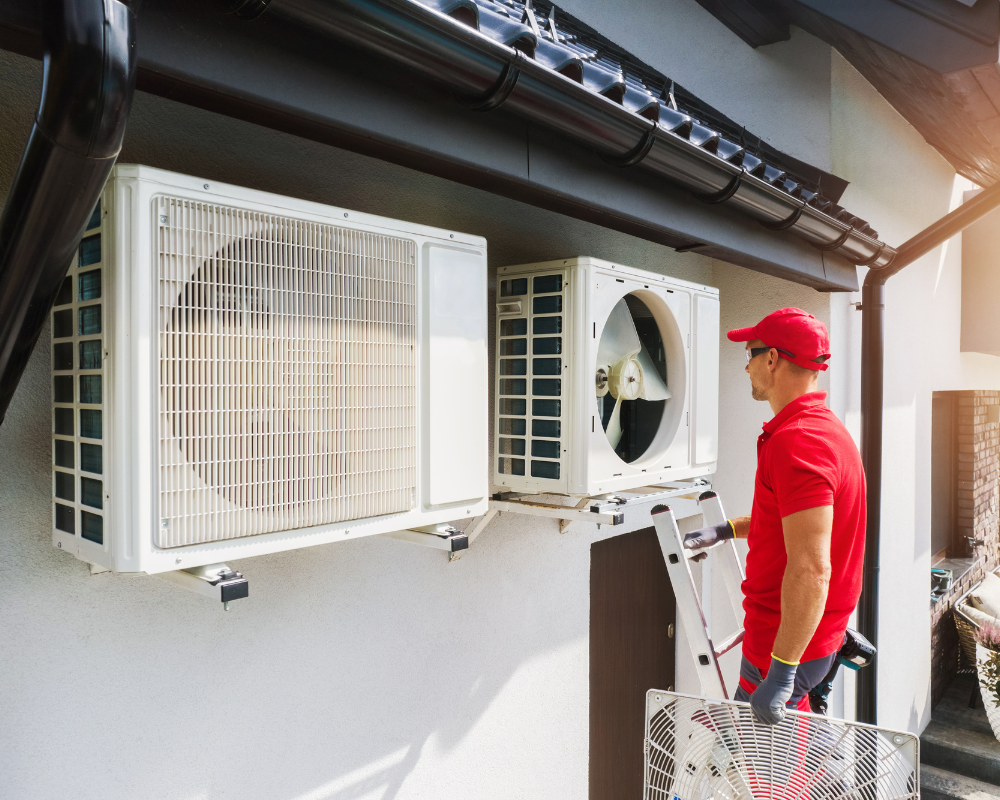
On the installation of outdoor components, one crucial system that demands attention is the heat pump. While many may consider it a simple process, ensuring the proper installation of a heat pump is essential for its optimal performance and longevity. A common oversight during installation is insufficient clearance around the unit, which can impede airflow and lead to inefficient operation. Professionals emphasize the importance of correct positioning to allow for adequate air circulation and facilitate maintenance access.
Overlooking factors such as nearby obstructions or inadequate drainage can lead to long-term issues with the unit’s functionality. Installers must take into account potential debris accumulation or water pooling around the heat pump, which can undermine its efficiency and potentially cause damage over time. By incorporating these considerations into their installation process, technicians can contribute to maximizing the performance and lifespan of outdoor components like heat pumps.
Connecting the Refrigerant Lines

Connecting the refrigerant lines in a heat pump installation is a crucial step that requires meticulous attention to detail as it facilitates the transfer of heat between the indoor and outdoor units. Properly sizing and positioning the lines ensures optimal performance and energy efficiency of the system. It’s not just about joining two pipes; it’s about creating a pathway for the transfer of heat that will ultimately regulate the temperature inside your home.
One aspect often overlooked is the importance of insulation for these lines. Insulating them prevents energy loss and maintains consistent temperatures, especially in extreme weather conditions. Ensuring that the refrigerant lines are securely connected minimizes leaks and reduces the risk of environmental harm to the system it can then be charged with the appropriate amount of refrigerant. When done with precision, connecting the refrigerant lines becomes an art form, orchestrating the seamless flow of thermal energy to create a comfortable indoor climate.
Taking into account factors such as pipe diameter, material quality, and proper sealing techniques can make all the difference in achieving high-performance results from a heat pump system. This intricate process demands expertise to guarantee smooth operation and longevity.
Electrical Wiring
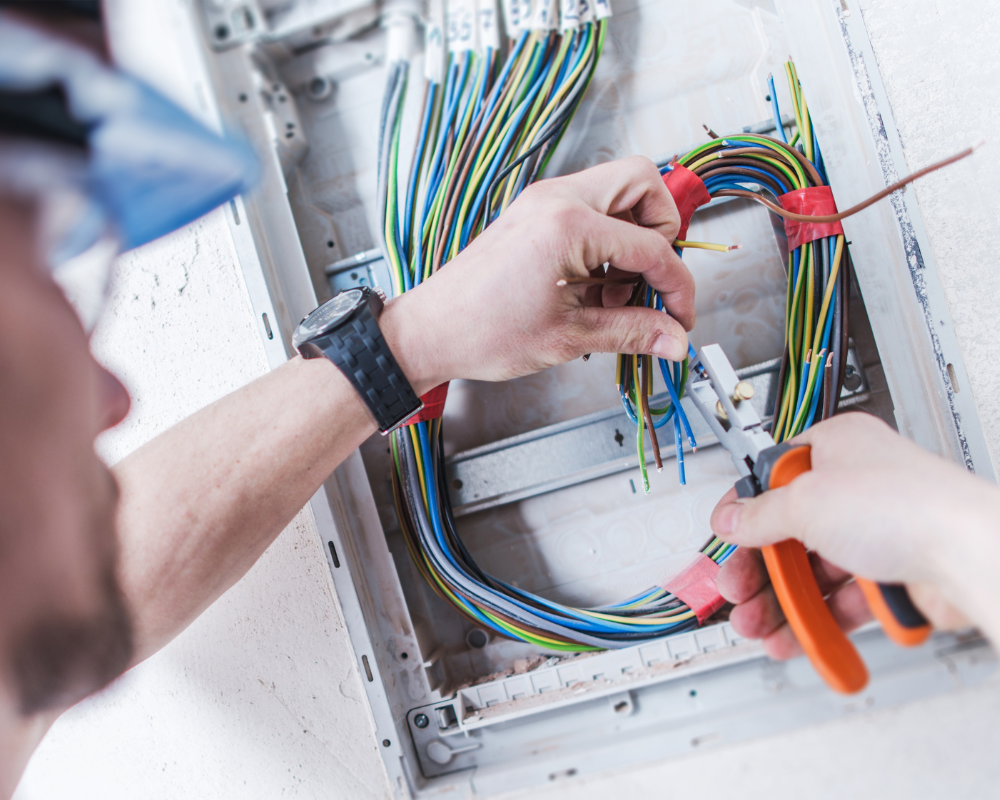
The heat pump requires a power supply to operate. Electrical wiring is a vital but often overlooked aspect of any building’s infrastructure. When it comes to heat pump installation, proper wiring is essential for ensuring safety and functionality. Many homeowners may not realize that older homes may need to have their electrical systems upgraded before installing a heat pump, as they may not be equipped to handle the additional load.
With advancements in technology, there are now smart thermostats and variable-speed compressors that require specific types of electrical wiring for optimal performance. It’s important to consider these factors and consult with a professional electrician during the pump installation process. Ultimately, understanding the intricacies of electrical wiring in the context of installation can lead to more efficient and effective heating and cooling solutions for homeowners. It is also crucial to ensure that the electrical work complies with local building codes and safety standards.
System Testing
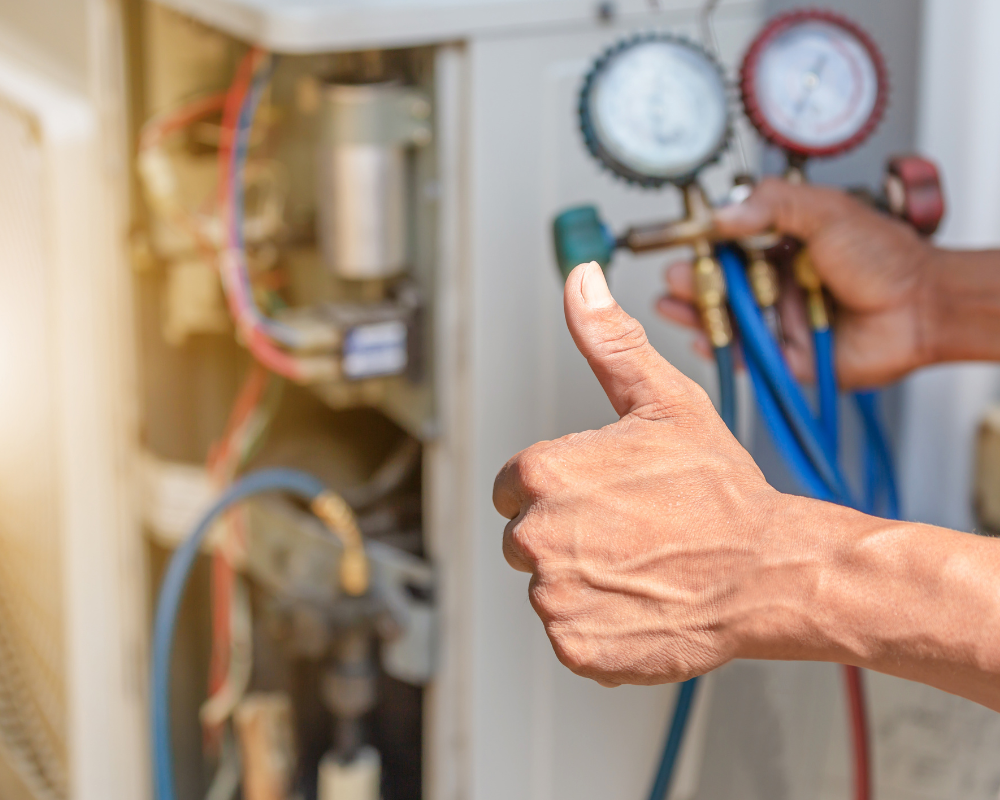
Once all components are installed and connected, the entire system undergoes thorough testing which is a critical stage in the heat pump installation process ensuring that all components and subsystems function as intended. It involves comprehensive assessment of the entire system under various operating conditions to identify any potential faults or performance deviations and gives a valuable insight into the overall efficiency and reliability of the installed heat pump.
One important aspect of system testing is evaluating how well the heat pump integrates with existing HVAC systems or renewable energy sources. This involves analyzing various scenarios, including load fluctuations and weather changes, to ensure seamless operation and optimal energy utilization. By conducting thorough system testing, installers can fine-tune the settings to achieve maximum performance and efficiency for both heating and cooling operations.
System testing offers an opportunity to verify compliance with industry standards and regulations, guaranteeing safety and environmental sustainability. Through meticulous analysis of pressure levels, refrigerant flow rates, and temperature differentials, potential issues can be identified and rectified before they escalate into major problems.
User Training
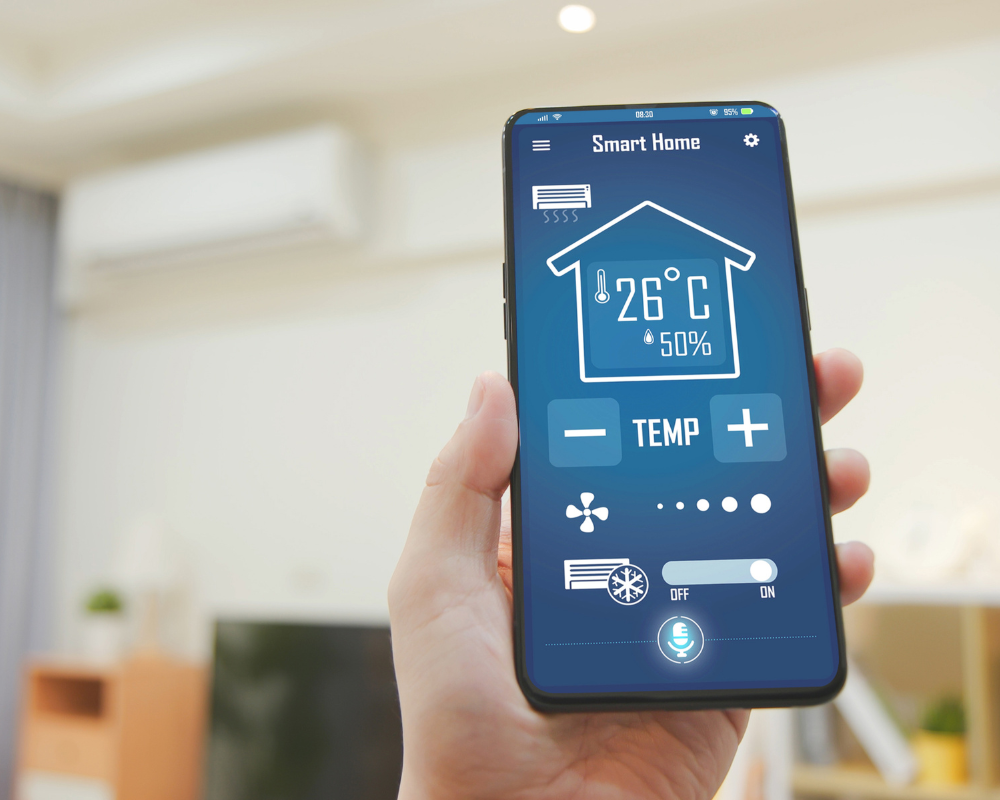
Before completing the installation process, the HVAC technician will provide user training. This includes explaining how to operate the heat pump, setting the thermostat, and maintaining the system for optimal performance and longevity. User training for heat pump installation is an essential component of ensuring optimal performance and longevity of the system. In addition to technical know-how, users must be equipped with the necessary knowledge to operate and maintain the equipment efficiently. This involves familiarizing them with the various settings, troubleshooting methods, and regular maintenance procedures. By empowering users with this information, they can effectively contribute to energy efficiency and cost savings by harnessing the full potential of their heat pumps.
User training plays a crucial role in enhancing safety measures associated with heat pump installation and operation. Educating users about proper handling, electrical precautions, and emergency shutdown procedures can mitigate potential hazards. By empowering users with a comprehensive understanding of the system’s capabilities allows them to make informed decisions regarding temperature settings and usage patterns that align with environmental sustainability goals.
Conclusion
Installing a heat pump involves a series of meticulous steps to ensure efficiency, performance, and longevity. While some tasks can be accomplished by homeowners, it’s advisable to enlist the services of a qualified HVAC professional to guarantee a seamless installation process. With the right heat pump and proper installation, you can enjoy year-round comfort while contributing to a more sustainable and energy-efficient home.



